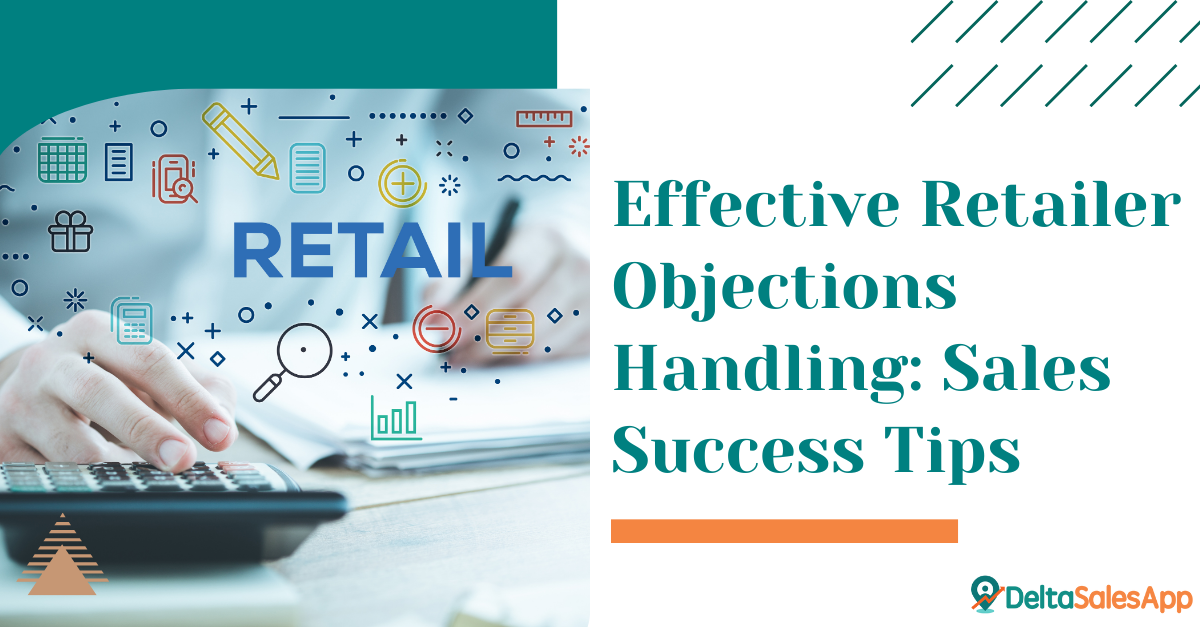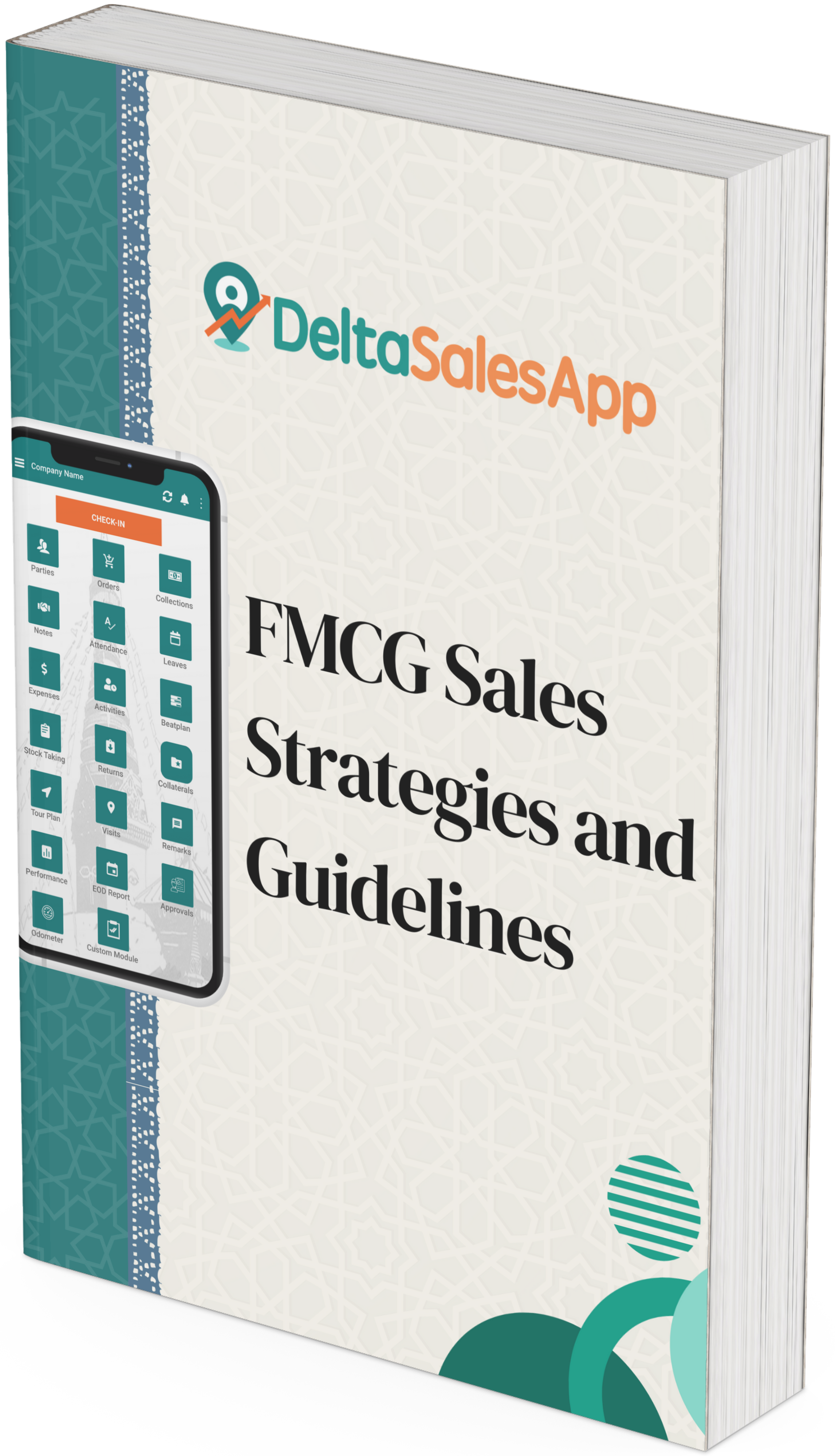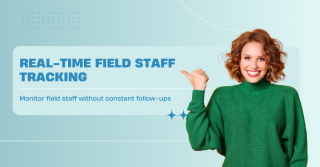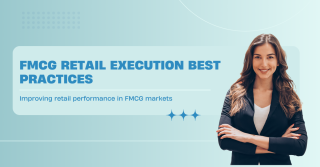Effective Retailer Objections Handling: Sales Success Tips

When you're in the business of selling products, especially to retailers, you're bound to face objections. Retailers are cautious when it comes to taking on new products, and for good reason—their goal is to make decisions that benefit their stores and increase sales. However, the key to overcoming these retailer objections lies in understanding their perspective and offering solutions that make sense for their business.
In this blog, we will dive deep into how to handle the most common retailer objections and turn them into opportunities. With the right approach, you can not only alleviate the retailer’s concerns but also create a strong, lasting partnership.
1. Why Retailer Objections Occur: Understanding the Root Causes
Before you can effectively handle objections, it’s important to understand where they stem from. Retailers typically raise objections because:
Perceived Lack of Demand: Retailers worry about the demand for a product, especially if it’s new or unfamiliar to their customer base. They may feel that it won't sell, and thus, it’s not worth their investment.
Concern About Competition: Retailers may already stock competing products and fear that introducing another product will cause confusion or dilute their brand offerings.
Space and Inventory Issues: Retailers are cautious about adding new products to their store because it requires space on shelves, and they might worry that the new product won’t sell fast enough, causing them to tie up valuable shelf space.
Lack of Brand Recognition: If your product is new to the retailer or doesn't have strong brand recognition, they might be hesitant to take the risk of stocking it.
With these common concerns in mind, let’s explore how you can address and overcome these objections.
2. How to Handle Retailer Objections: A Step-by-Step Guide
Step 1: "There’s No Demand for This Product"
This is one of the most common objections a retailer might raise. They want to make sure that what they stock will sell to their customers, so if there’s no perceived demand, they’re hesitant to take on new products.
How to Respond:
Provide Market Research: Present data that demonstrates a clear demand for the product. Share statistics, consumer trends, and any other relevant research that shows people are actively searching for the product or a similar one. This could be in the form of sales data, online search trends, or market surveys.
Showcase Marketing Efforts: Make sure the retailer knows that there is a plan in place to create demand. If you’re running any ad campaigns (TV, digital, print), share details on those efforts. For example:
"We’ve already launched an ad campaign that is generating a lot of consumer inquiries, and we’re seeing great traction on social media."
"We’re partnering with popular influencers in the industry, and we’ll have point-of-sale materials ready to help increase awareness in your store."
Offer Localized Promotions: Explain that localized campaigns can help create demand specifically in their area. Retailers are more likely to be convinced if they know that targeted strategies are in place to ensure success.
Step 2: "Our Customers Aren’t Asking for This Product"
When a retailer says that their customers aren’t asking for a product, it might be because the product hasn’t gained widespread awareness in their market. Retailers often rely on customer requests as a benchmark for stocking products.
How to Respond:
Highlight Trends in Similar Markets: Demonstrate how the product is performing in similar regions or stores. If other retailers in the same area or industry are seeing success, use that as proof that demand will follow.
"Retailers in neighboring markets have seen a 25% increase in sales after adding this product to their shelves, and customer inquiries are steadily growing."
Offer Consumer Testimonials: If customers are already using the product and have left positive feedback, share that information. Customers’ words can have a powerful impact in convincing the retailer that there is untapped demand for the product.
Step 3: "We Don’t Have Space for New Products"
Retailers are often concerned about their limited shelf space and the inventory challenges that come with stocking new products. They want to avoid cluttering their shelves with items that won’t sell quickly.
How to Respond:
Emphasize Small Footprint or Quick Turnover: If your product has a compact design or quick turnover rate, make sure to highlight that it won't take up much space or tie up shelf space for too long.
"This product is compact and designed for high turnover, so it won’t take up much of your valuable shelf space."
Offer Flexible Ordering and Stocking: Let the retailer know that you can accommodate their specific needs. Offering flexibility in terms of stock replenishment or minimum order quantities can ease their concerns about inventory overload.
"We provide flexible ordering options, so you can stock only what you need and reorder as demand increases."
Suggest Strategic Placement: Offer suggestions on where to place the product on the shelves or in-store to maximize visibility and encourage impulse buys.
Step 4: "We Only Work With Well-Known Brands"
If your product is new or from a lesser-known brand, retailers may be hesitant to stock it, especially if they’ve built their reputation around carrying established brands.
How to Respond:
Emphasize Your Product’s Unique Value: Explain what makes your product stand out and how it adds value to the retailer’s offering. Whether it’s superior quality, unique features, or solving a specific problem, show why customers will want to buy it.
"Our product has unique features that set it apart from anything else currently on your shelves, and it solves a specific problem for your customers."
Leverage Partnerships and Endorsements: If your brand has any notable partnerships, celebrity endorsements, or industry recognition, make sure the retailer knows about it. This can help boost credibility.
"Our product is endorsed by leading experts in the field, and it’s already gaining attention in the industry for its innovative approach."
3. Using Data to Strengthen Your Pitch
The importance of data in sales cannot be overstated. Retailers are more likely to trust you when you provide concrete evidence that your product is a good fit for their store. Use metrics to your advantage and showcase the product's success.
Sales Data: Show how your product has performed in other stores or markets. Include any case studies or testimonials from retailers who have seen success with the product.
Customer Feedback: Share any positive reviews or ratings the product has received, especially from consumers in similar demographics.
Competitive Analysis: If your product competes with other brands, demonstrate how it performs better or offers additional value that the competition lacks.
4. Building Relationships for Long-Term Success
Finally, it's crucial to approach objection handling as an ongoing process, not just a one-time sales pitch. Building a strong relationship with the retailer is key to overcoming future objections and ensuring a successful partnership.
Follow-Up: After addressing the objection, follow up with the retailer to see if they have any further questions or concerns. Keep the lines of communication open to ensure they feel supported.
Offer Continued Support: Let the retailer know that you’ll continue to provide them with marketing materials, updates, and any other resources they need to successfully sell the product.
Conclusion
Retailer objections are a natural part of the sales process, but with the right approach, they can be turned into opportunities. By understanding the retailer’s concerns, addressing them with confidence, providing data-driven solutions, and offering continuous support, you can build lasting, successful partnerships. Remember, the key to overcoming objections is not just about pushing for a sale but fostering trust and collaboration to ensure mutual success.









